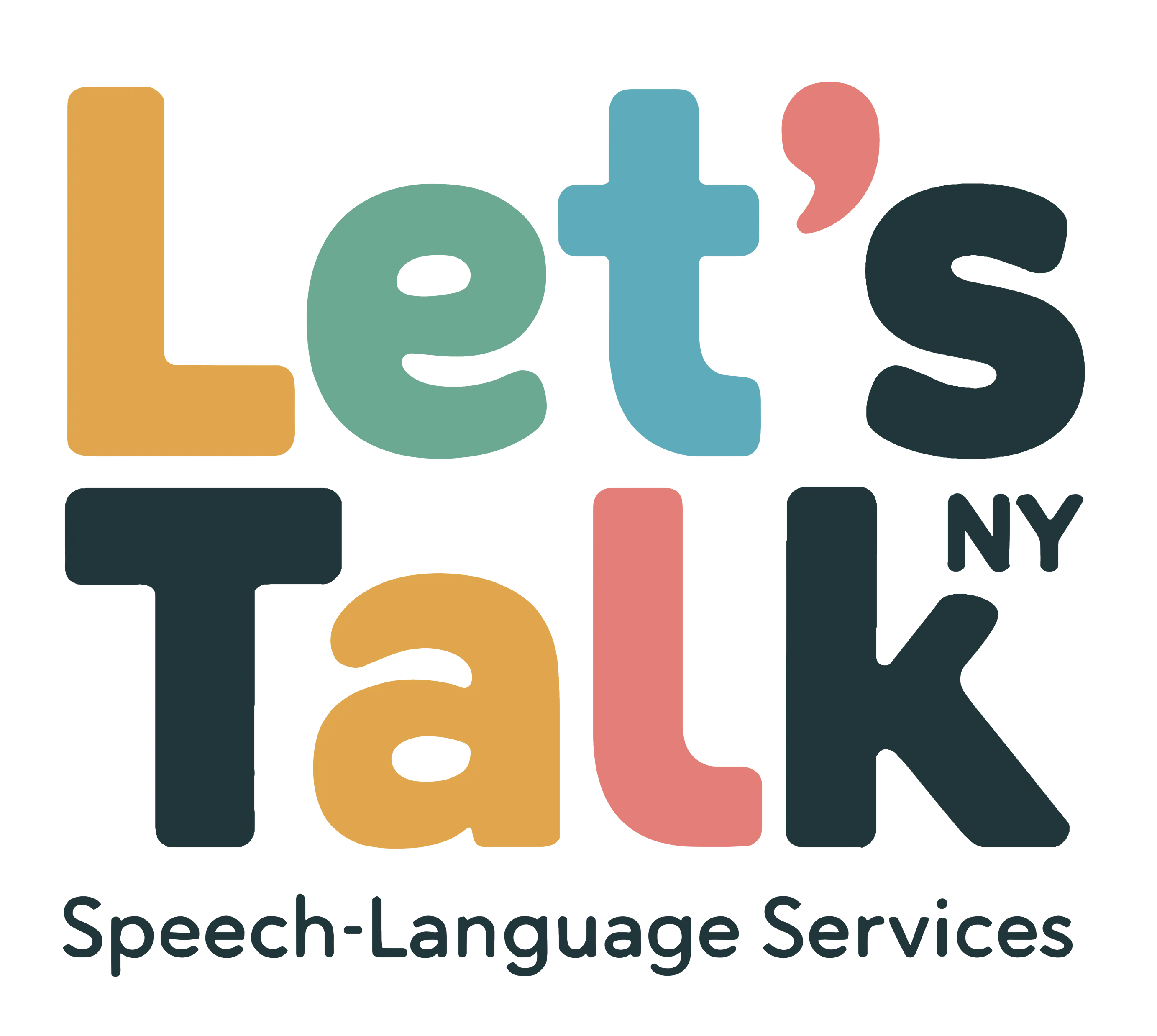Weekly Blog: Debunking AAC Myths – Will AAC Prevent Speech?

Welcome back to our Let’s Talk NY weekly blog, where we explore important topics in communication support. This week, I’m starting a new series on common misconceptions about Augmentative and Alternative Communication (AAC) that often create unnecessary barriers to its implementation.
This Week’s Myth: “AAC will prevent or delay natural speech development”
Many parents and even some professionals worry that introducing AAC tools might discourage a child from developing verbal speech. This concern is understandable—why would someone work hard to speak if they have an alternative way to communicate?
However, research consistently shows the opposite effect. A comprehensive review by Millar et al. (2006) examined 23 studies of AAC intervention and found that 89% of participants demonstrated gains in speech production after AAC implementation. More recent studies continue to support these findings.
Why AAC Actually Supports Speech Development:
-
Reduces communication pressure
When children don’t feel pressured to speak, they often become more willing to try vocalizing on their own terms.
-
Provides consistent models for language learning
Many AAC systems pair visual symbols with spoken words, reinforcing the connection between concepts and their verbal labels.
-
Creates more opportunities for social interaction
With increased ability to communicate comes more social engagement, providing natural opportunities to practice and develop speech.
What I’ve Observed in My Practice:
Throughout my years working with children who use AAC, I’ve consistently observed an interesting pattern: rather than inhibiting speech development, AAC often serves as a catalyst for verbal communication.
I’ve worked with numerous children who, after being introduced to picture communication systems or speech-generating devices, began attempting word approximations or even clear words—sometimes while simultaneously using their AAC system, and sometimes independently. This pattern aligns perfectly with what research tells us: providing an alternative communication method actually reduces pressure and creates a supportive environment for speech attempts.
In many cases, I’ve seen children who were initially frustrated and had few communication attempts suddenly become enthusiastic communicators through AAC, with spoken words emerging shortly afterward. The confidence they gain from successful communication seems to encourage more verbal attempts.
Looking Ahead:
Next week, I’ll tackle another persistent myth: “AAC is the last resort in speech-language intervention.” We’ll explore why AAC should be considered a valuable tool from the beginning of intervention rather than waiting until other approaches have failed.
How I Can Help:
If you’re curious about whether AAC might support your child’s communication development, I’m here to help with:
- Comprehensive AAC evaluations
- Individualized intervention planning
- Training for families and caregivers
- Ongoing consultation and support
Contact me today to learn more about how I can support your child’s communication journey.
Reference
Millar, D. C., Light, J. C., & Schlosser, R. W. (2006). The Impact of Augmentative and Alternative Communication Intervention on the Speech Production of Individuals With Developmental Disabilities: A Research Review. Journal of Speech, Language, and Hearing Research, 49(2), 248–264. https://doi.org/10.1044/1092-4388(2006/021)
